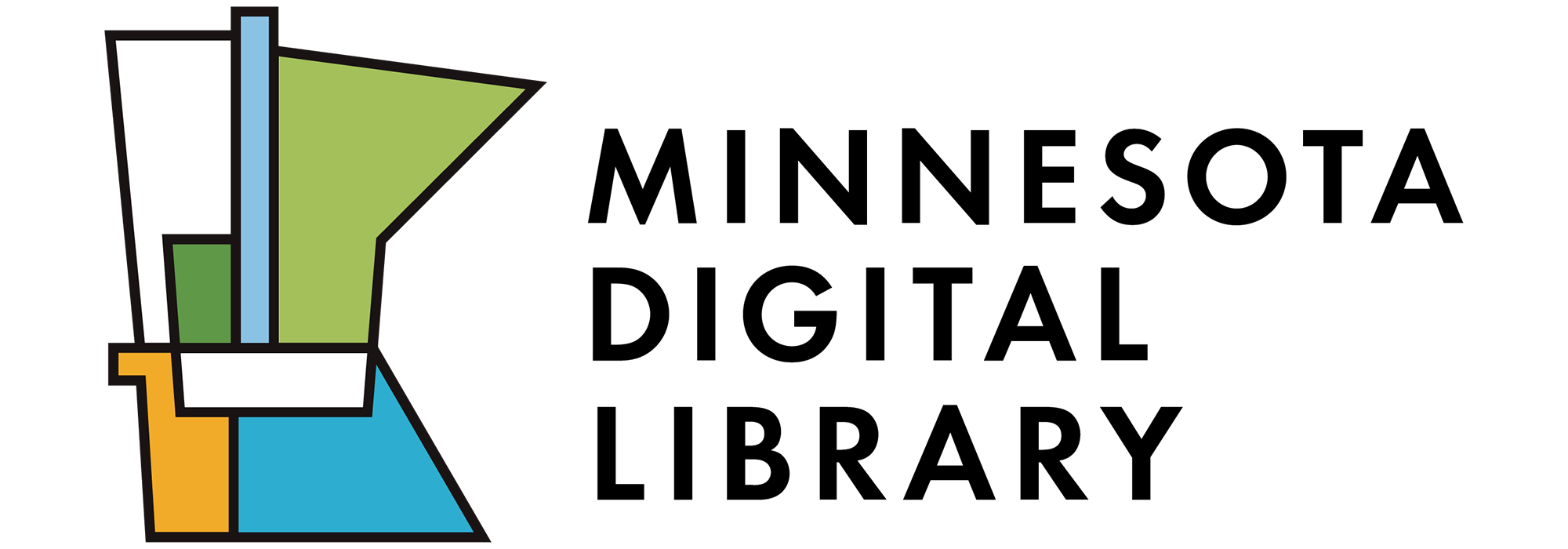Quick Summary
Back in January of 2016, I reported on my participation in the Mountain West Digital Library's Geospatial Discovery Task Force. This work spanned more than 3 years and included 39 librarians and curators from a wide variety of our nation's universities, museums and libraries. After the work of the Task Force ended, I set about applying those recommendations to our 186 collections within Minnesota Reflections.

Back in January of 2016, I reported on my participation in the national geospatial metadata task force. I served as a member of the "Mountain West Digital Library's Geospatial Discovery Task Force." This work spanned more than 3 years and the Task Force eventually included 39 librarians and curators from a wide variety of our nation's universities, museums and libraries.
We were charged with creating and disseminating new geospatial metadata recommendations that could be adopted and used in digital collections. In our work, we examined existing standards, the creation of a set of easily implemented actions, an analysis of controlled vocabulary options, and an examination of formats for recording coordinate data.
The final phase of the Task Force's work focused on the selection of GeoNames as the recommended controlled vocabulary. The last phase also included the creation of the Final Report and the development of a set of Instructions on Using GeoNames. After the work of the Task Force ended, I set about applying those recommendations to our 186 collections within Minnesota Reflections.
By the summer of 2016, I had received buy-in from the Minnesota Digital Library’s Governance Group, developed an implementation plan, and recruited interested staff to assist me. The application of the Task Force’s recommendations within Minnesota Reflections necessitated a reworking of the geospatial metadata fields within CONTENTdm. After much discussion, the working group decided that the simplest way to apply the recommendations was to insert the geospatial metadata as a stable “GeoNames URI.” This decision meant that I also “turned off” a number of fields from public view as well as added a new field that would house the GeoNames URI, which I mapped to the Dublin Core element Coverage-Spatial. The turned off fields included “Latitude, Longitude, and Geographic Metadata Source," all information that is captured and contained in the GeoNames URI.
In order to streamline this work, I created a set of Google documents. These documents included a table of MDL’s Contributing Organizations, with columns for the collection’s item count, individuals claiming a collection to work on, and completed-by date. Team members could select collections based on collection size and the time they had available. I also created the “GeoNames Minnesota Popular Locations Guide," which essentially serves as a local controlled vocabulary of common Minnesota geospatial locations for Minnesota counties, county seats, cities, buildings, parks, lakes, rivers, waterfalls, cemeteries, Native American reservations, etc.
As a reader, you may ask “Why did you do this?” and the answer is multi-part. We are very proud to be an early adopter of a new national best practice. We now stand in better alignment with current geospatial recommendations as outlined by the Digital Public Library of America. Finally, we are also more Linked Open Data-ready. From the user perspective, our collections are ready for more map-based discovery of Minnesota Reflections.

